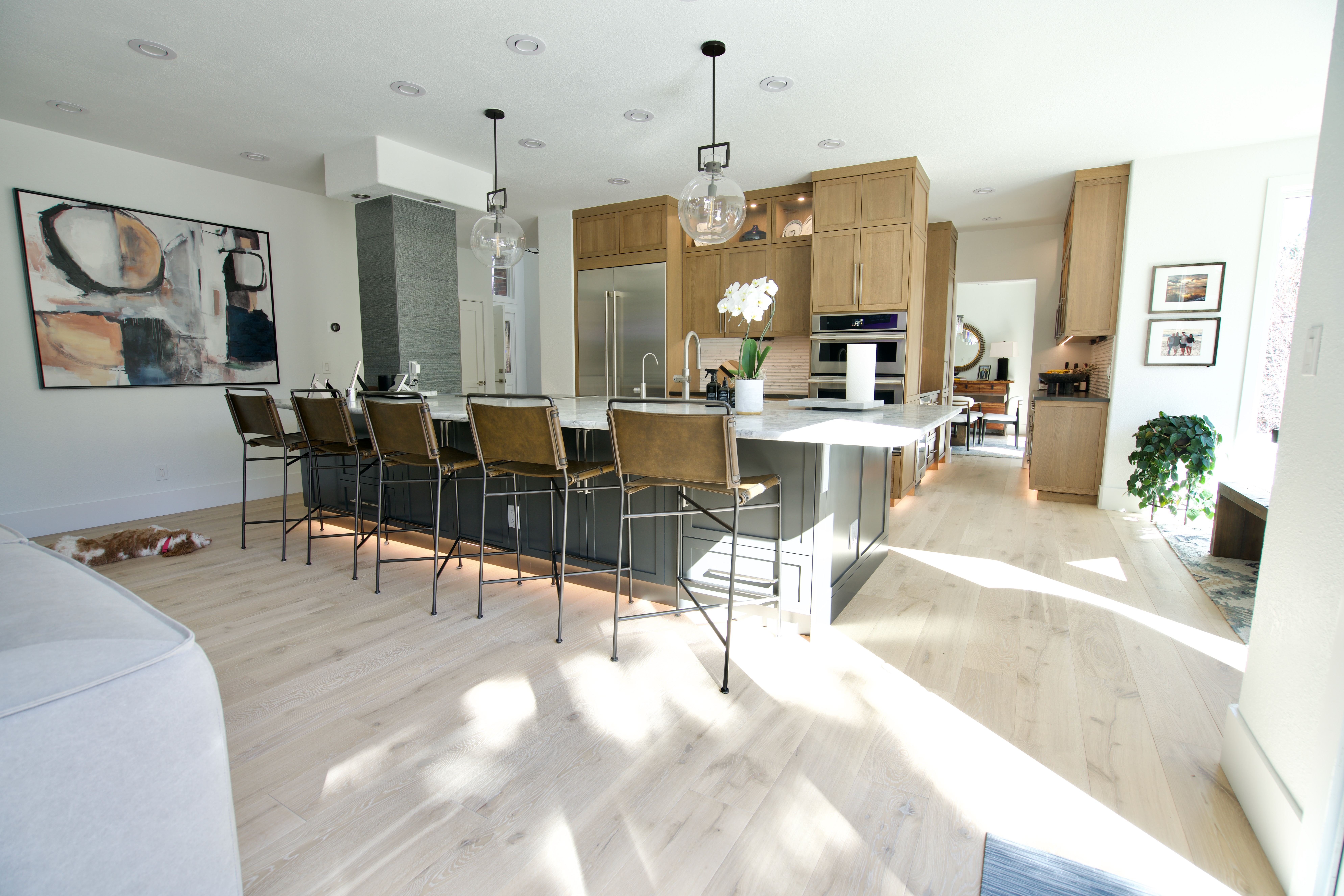Winter can be a challenging season for hardwood floors. As the air dries out, so does the wood, leading to noticeable gaps between planks. This phenomenon, often referred to as “checking,” can significantly impact the appearance and longevity of your hardwood floors.
Why Does This Happen?
Wood is a hygroscopic material, meaning it absorbs and releases moisture from the surrounding air. During the winter months, when indoor humidity levels decrease due to heating systems, wood loses moisture and shrinks. This shrinkage can result in visible gaps between planks, a common issue that homeowners face.
How to Prevent Winter Shrinkage
To minimize winter shrinkage and maintain the beauty of your hardwood floors, consider these strategies:
- Choose Wisely:
- Board Width: Opting for narrower boards can reduce the potential for significant shrinkage.
- Wood Species: Selecting dimensionally stable species, such as white oak, can help mitigate the effects of moisture fluctuations.
- Engineered Wide Plank: Select a well-constructed engineered hardwood that offers outstanding dimensional stability, ensuring resistance to warping, cupping, and shrinking, even in varying humidity levels.
- Manage Indoor Humidity:
- Humidifiers: Using a humidifier to maintain optimal humidity levels between 35% and 55% can help prevent excessive drying and shrinkage.
- Seal Air Leaks: Sealing doors, windows, and other potential air leaks can help retain moisture and minimize fluctuations.
By understanding the underlying causes of winter shrinkage and implementing these preventive measures, you can help ensure your hardwood floors remain beautiful and durable throughout the colder months.
